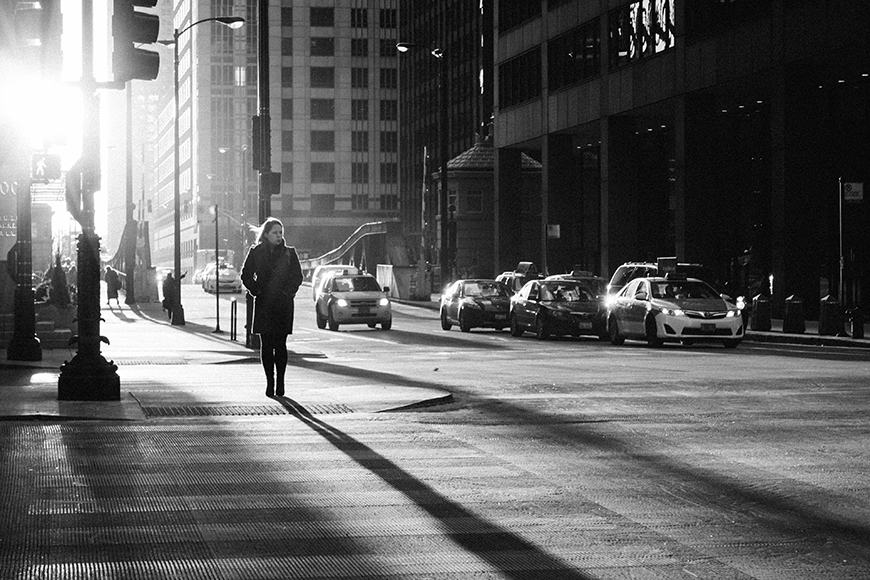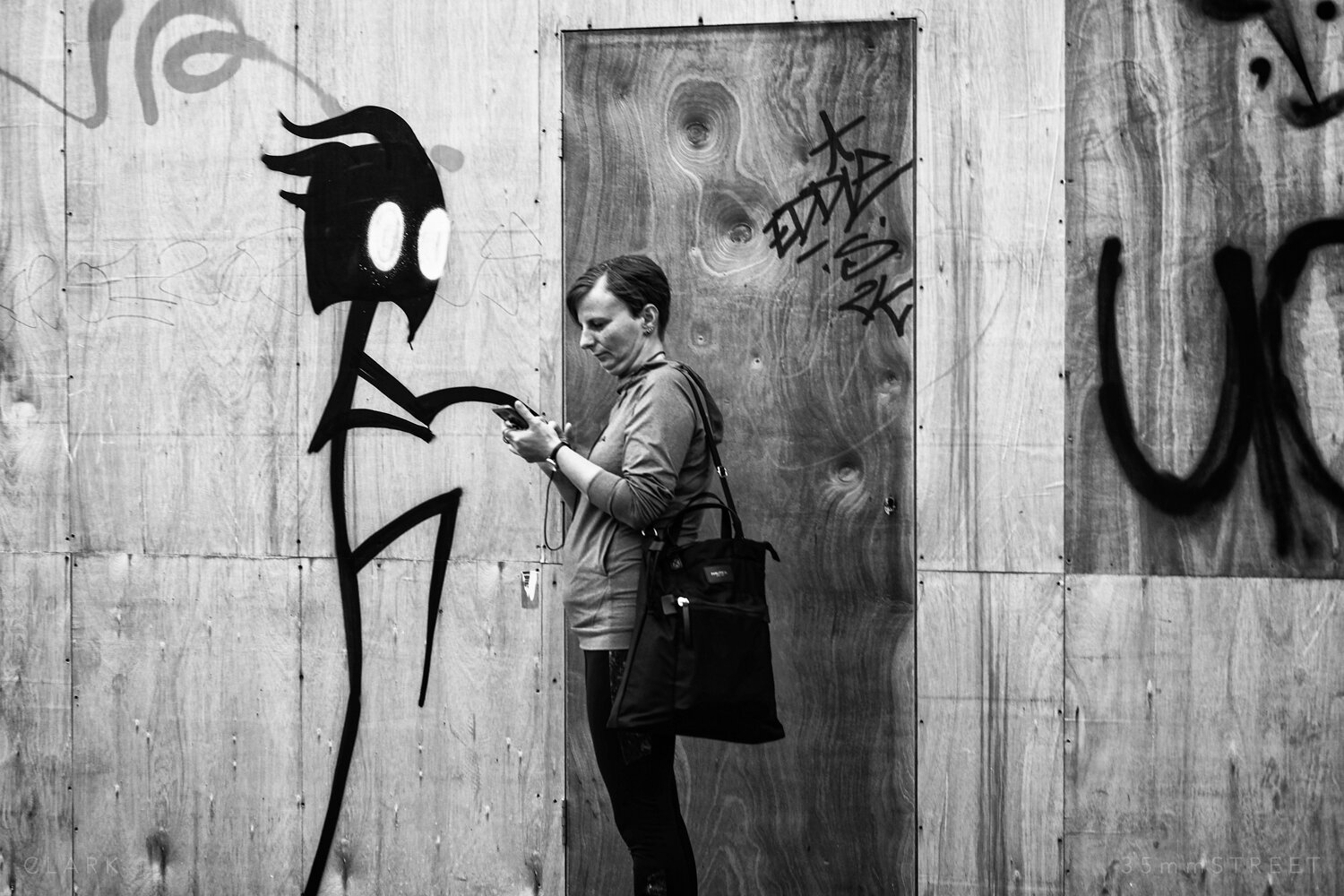Some Of Street Photographers
Some Of Street Photographers
Blog Article
The Street Photographers Ideas
Table of ContentsThe smart Trick of Street Photographers That Nobody is Talking AboutA Biased View of Street PhotographersThe Main Principles Of Street Photographers 4 Simple Techniques For Street Photographers7 Easy Facts About Street Photographers Described
, a style of digital photography that records day-to-day life in a public location. The actual publicness of the setting makes it possible for the digital photographer to take honest images of complete strangers, typically without their knowledge. Street photographers do not always have a social purpose in mind, yet they prefer to separate and capture minutes which might otherwise go undetected.He was affected by many of those that affected the road photographers of the 1950s and '60s, he was not chiefly interested in recording the spirit of the road., who worked side by side with digital photographers attempting to catch the essence of metropolitan life.
Due to the somewhat primitive modern technology readily available to him and the lengthy exposure time needed, he battled to record the stress of the Paris roads. He experimented with a series of photo methods, attempting to find one that would enable him to record activity without a blur, and he located some success with the calotype, patented in 1841 by William Henry Fox Talbot. Unlike Atget, professional photographer Charles Marville was worked with by the city of Paris to develop an encyclopaedic record of Haussmann's city planning job as it unravelled, therefore old and brand-new Paris. While the digital photographers' topic was essentially the exact same, the outcomes were markedly various, showing the influence of the digital photographer's bent on the personality of the pictures he created.
The Main Principles Of Street Photographers
Given the fine quality of his pictures and the breadth of material, designers and musicians frequently acquired Atget's prints to use as recommendation for their very own job, though industrial passions were hardly his main motivation. Instead, he was driven to photo every last residue of the Paris he enjoyed.

Unlike his peers, Brassa made use of a larger-format Voigtlnder video camera with a much longer exposure time, compeling him to be extra calculated and thoughtful in his technique than he might have been if utilizing a Leica. (It is thought that he may not have actually been able to pay for a Leica during that time, yet he did, however, make use of one in the late 1950s to take colour pictures.) Brassa's photographs of the Paris abyss brightened by man-made light were a revelation, and the compilation of the collection that he published, (1933 ), was a significant success.

Little Known Questions About Street Photographers.
It is due to the fact that of this basic understanding of the next page art of picture taking that he is usually credited with uncovering the tool throughout again approximately a century since its creation. He took pictures for greater than a half century and influenced generations of digital photographers to trust their eye and instinct in the minute.
These are the inquiries I will attempt to respond to: And after that I'll leave you with my very own interpretation of street photography. Yes, we do. Let's kick off with specifying what a definition is: According to it is: "The act of defining, or of making something certain, unique, or clear".
No, absolutely not. The term look at here now is both restricting and misguiding. Seems like a road digital photography must be images of a roads appropriate?! And all road professional photographers, besides a handful of outright novices, will completely value that a street is not the essential element to road digital photography, and in fact if it's an image of a road with maybe a few dull people not doing anything of passion, that's not street photography that's a photo of a road.
More About Street Photographers
He makes a valid point don't you think? While I agree with him I'm not sure "candid public digital photography" will capture on (although I do kind of like the term "candid photography") due to the fact that "street digital photography" has actually been around for a long time, with several masters' names affixed to it, so I believe the term is below to remain. Street Photographers.
You can fire at the beach, at a celebration, in a street, in a park, in a piazza, in a cafe, at a gallery or check that art gallery, in a metro terminal, at an occasion, on a bridge, under a bridge ...
All About Street Photographers
Yes, I'm afraid we terrified no choice! Without rules we can not have a meaning, and without an interpretation we don't have a category, and without a category we do not have anything to define what we do, and so we are stuck in a "policies interpretation style" loop! - Street Photographers

Report this page